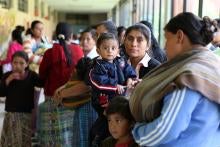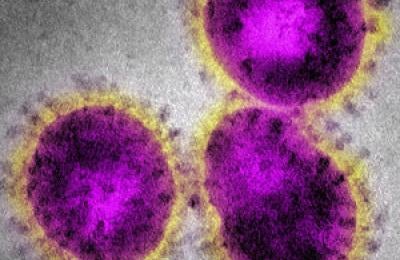Promoting high quality research into priority health needs in Latin America and Caribbean
The region still needs to build its research capacity to inform effective public health policy and practices.
Link to full original article in English in the BMJ: https://doi.org/10.1136/bmj.k2492















